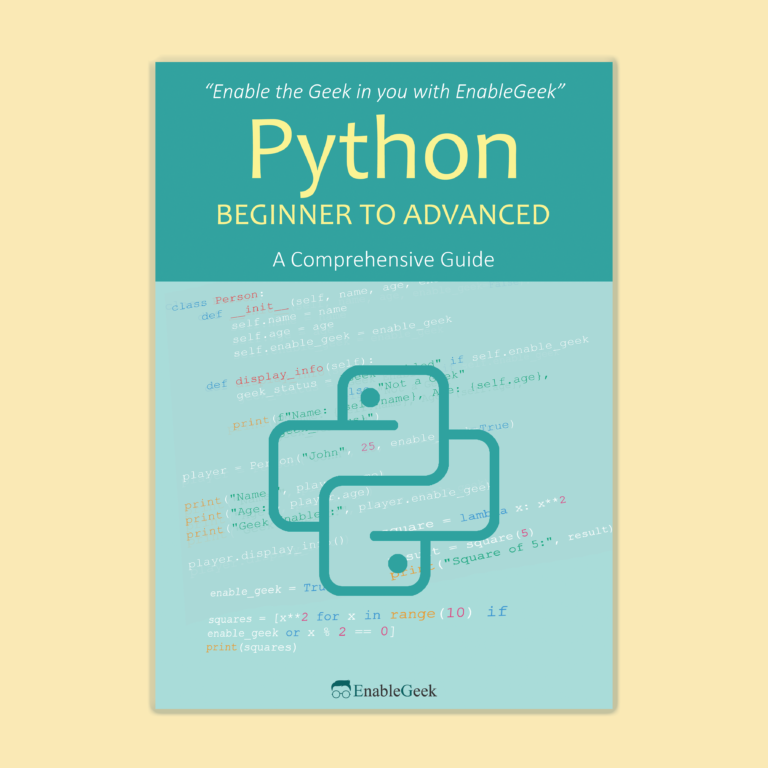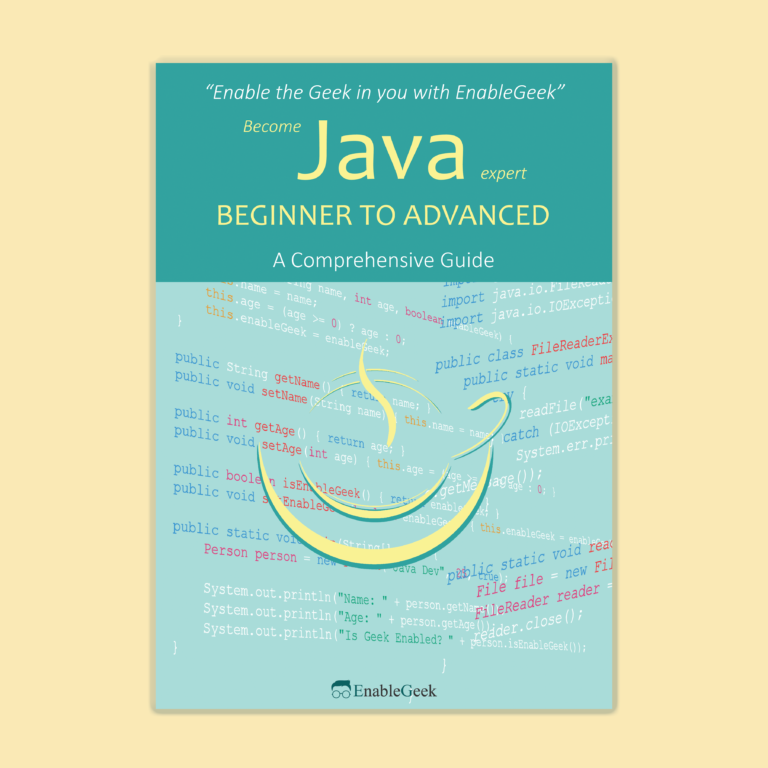- Home
- /
- Computer Science
- /
- Linux
- /
- Page 4
Tutorial Series: Linux
Linux is an open-source operating system (OS) that is widely used in a variety of computer systems, from personal computers and servers to mobile devices and embedded systems. It was first developed in 1991 by Linus Torvalds, who created it as a free alternative to the Unix operating system.
Unlike proprietary operating systems like Microsoft Windows or macOS, Linux is distributed under an open-source license, which means that its source code is available to the public and can be freely modified and redistributed. This has led to a large community of developers and users who contribute to the development and improvement of the operating system.
Linux is known for its stability, security, and flexibility, and it is used by many organizations, including governments, businesses, and educational institutions, as well as individual users. Some popular Linux distributions (or “distros”) include Ubuntu, Debian, Fedora, and CentOS.

Check Our Ebook for This Online Course


Advanced topics are covered in this ebook with many examples.
